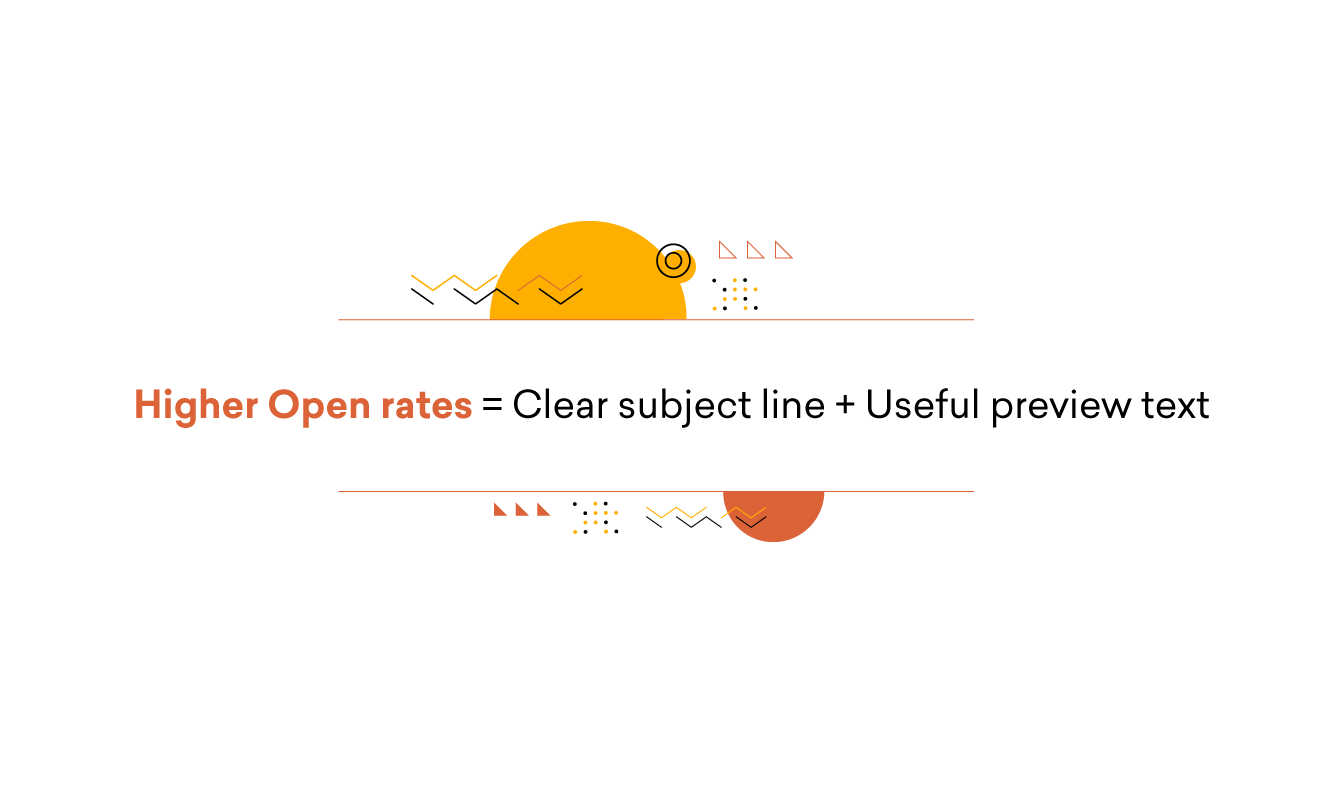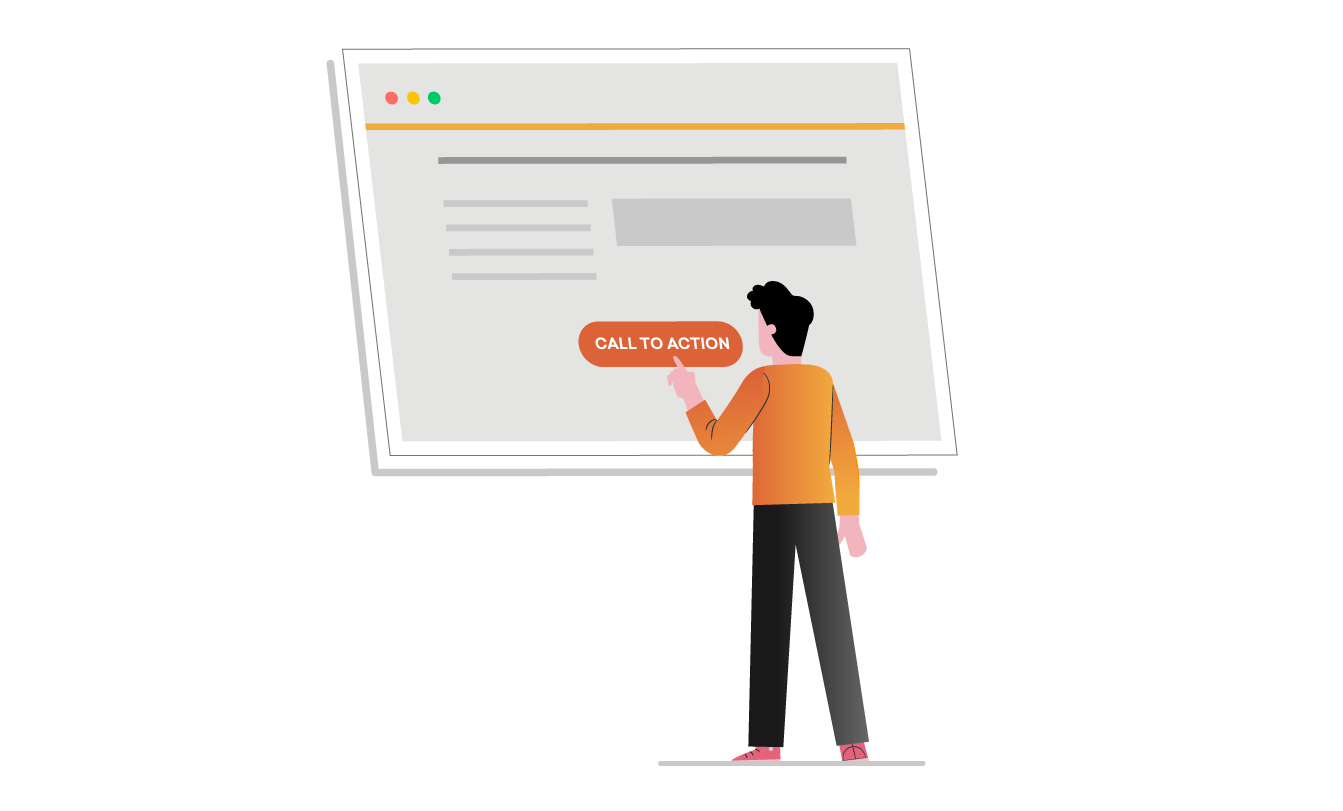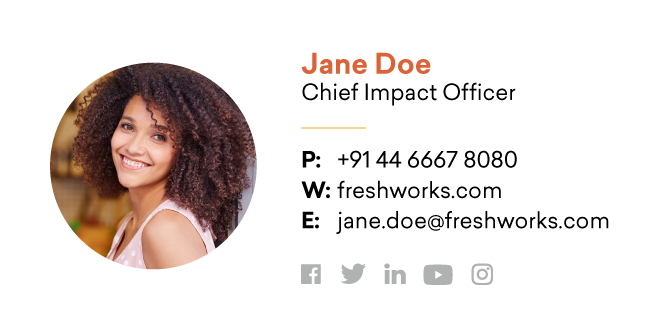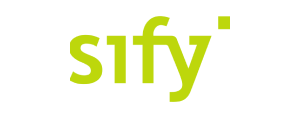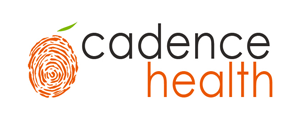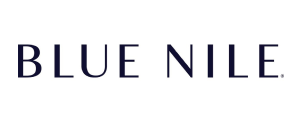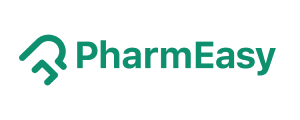Personalization
Your emails are the start of a conversation. People prefer talking to someone they can relate to, someone they know or are familiar with. When you send a follow-up email, your brand is a stranger to your leads and prospects. But it doesn't have to be.
Think of ways to include social hacking into your emails—one that is scalable.
It could be as simple as the first name in the subject line or a pop-culture reference that they can relate to. Personalized emails increase conversions.
Plain text vs. HTML email
Plain text emails appear more authentic and personal while HTML lets you add visuals, branding and more.
Most email client settings move HTML emails to the promotions tab. Some even block the images from being displayed until the prospect verifies your email as trustworthy.
Plain-text emails tend to perform better than the HTML counterparts. Easy to compose, proper placement of elements with lesser distractions are a great way to create a winning follow-up email.
One purpose
One of the reasons that your email remains unopened is because they are irrelevant to the person reading it. This happens when you group all your leads into a master list and send the same boilerplate emails.
By defining the purpose, the goal, and the audience, you can create compelling emails. This helps you cut down unnecessary elements, stay clear of your goal, and guide readers to take that one action.



